Interview
Interview: Zico Farina
In conversation with Zico Farina from Brazil. Zico is an Executive Creative Director in an advertising agency called Suno United Creators, São Paulo.
Can you talk about your journey into or interest the arts?
Well, my background is writing. I’ve been working as a copywriter in the communication industry for 32 years. Words are part of me. For a long time, writing and reading were two things that helped me to understand the world and express myself. But since the fake news industry and social media started to rewrite history I became more skeptical and disillusioned with the power of words. Then something happened. 7 years ago, I started a study group in photography, with the renowned Brazilian photographer Arnaldo Pappalardo. We met once a week in his studio in São Paulo. Every meeting was a portal that opened to me.
We discussed philosophy, arts and photography. My desire to write using a camera started right away. It appeared immediately. After that (and ever since), I started to develop my own work, tried to use my mobile phone camera to write, and I had my first solo exhibition in MIS (Museum of Image and Sound) in São Paulo, as part of the New Photographers contest, in December 2017/February 2018. I’ve also participated in collective exhibitions in Portugal, Belgium and Wales. And you can see part of my photowork here. Without art people would go crazy. Art is what makes you believe in something. It’s what makes us human.
Can you talk about the influences upon your work?
It’s a long list. In photography I’m a huge fan of the Japanese post-war photographers: Daidō Moriyama, Shōmei Tōmatsu, Yutaka Takanashi, Araki Nobuyoshi, Takuma Nakahira and Provoke Magazine‘s are-bure-boke aesthetics. (rough, blurred and out-of-focus). I’m also a huge fan of Jacob Aue Sobol, Anders Petersen, William Klein. But part of my influences comes from music, underground fanzines, bands poster, fashions essay, typography and sidewalks.
Your work as a photographer is very distinctive and seems to reference collage and decollage, surrealism and the DADA movement. Can you elaborate on the themes you are exploring through your work?
I don’t consider myself a photographer. I consider myself as someone who uses photography for self-expression and to tell stories using images. The collage has elements of the Dadaist language: the absurd, the fantastic, the surreal, the dreamy, the magical, the lysergic, the erotic, the humour. The beauty is in the infinite possibilities of creating images, where the simple movement of an element can reveal something completely new and surprising.
Something that was there in front of you, but hidden. It’s about randomness.
Can you talk about your process of working. How do you work, how often, is there a particular pattern?
It’s funny. I’ve always wanted to do collage. But I didn’t. I’d been shooting a lot of things before the Covid crisis that looked like collage. Billboards, posters, advertising, stains, textures, a lot of images that are kind of collage. Today is July 20th. I am in my 18th week inside my home. So I decided to create a new way to shoot without leaving home, and the way I found was collage. It’s completely new for me. This work is how I’m trying to keep my sanity.
I’ve been working at least 3 hours at night, every single day. The daily journey at the agency is very long, about 10 hours a day, sitting in front of a computer, having meetings, video calls with clients and doing my job. So, these hours at night are very important to me. I’m finding out the language of collage. Every little cut, image, colour, position, makes such a great difference. A little movement in the paper and something new pops up. It’s magical. I’m using a lot of xerox. My printer becomes my camera.
How do you balance personal work with commissioned work.
If commissions have to do with the things I believe in, I have no problem with dedicating my time to them.
Do you find the process of creating work relaxing or therapeutic?
It depends on the person. Art manifests itself in a very individual way. For some it can be visceral. A way of putting something out. In my case, it’s more therapeutic. A kind of meditation. It is a way of not only expressing myself, but also a form of therapy. Letting the mind and the non-thoughts create their own path, without rules. I don’t have a goal, a target. It leaves me free to do. And doing, for me, is liberating.

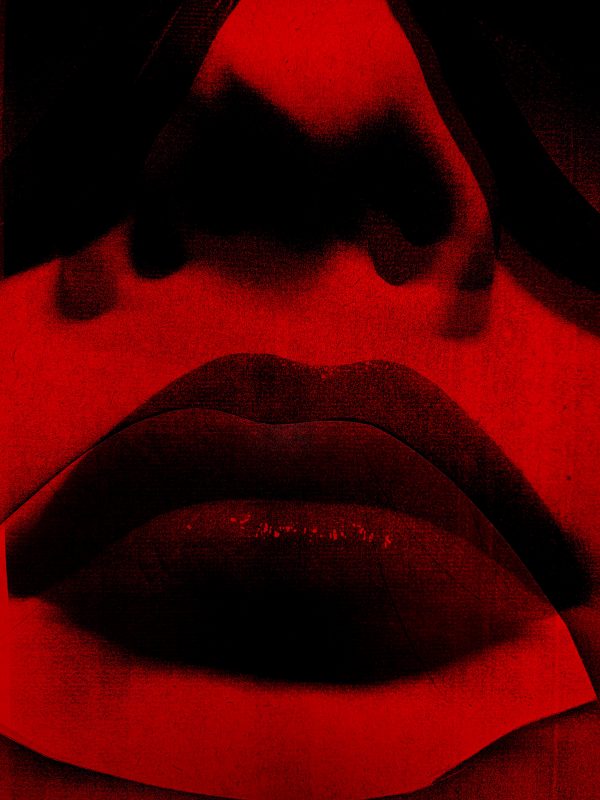

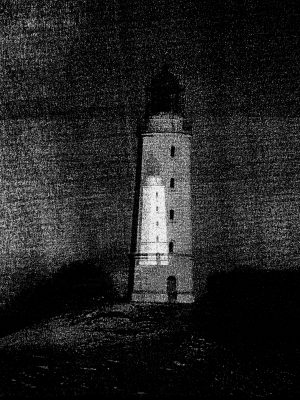


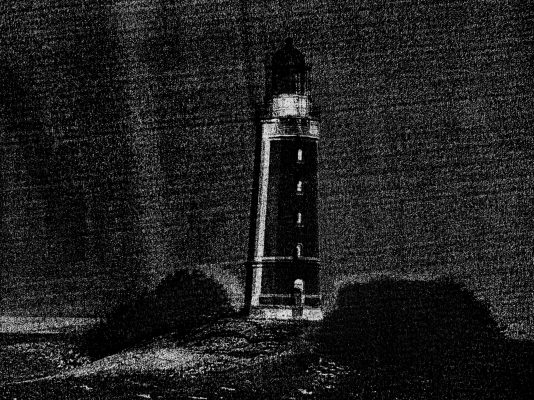
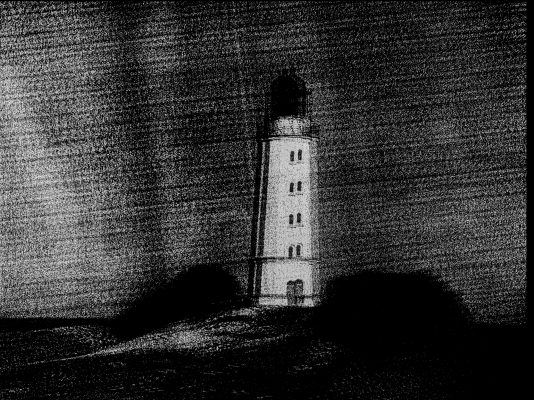

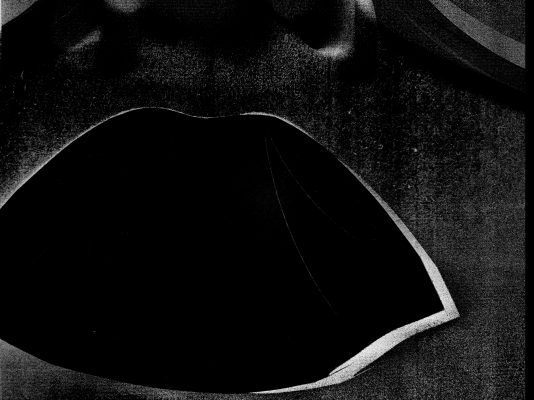
Do you like this artist?
If so, why not write a comment or share it to your social media. Thanks in advance if you can help in this way.